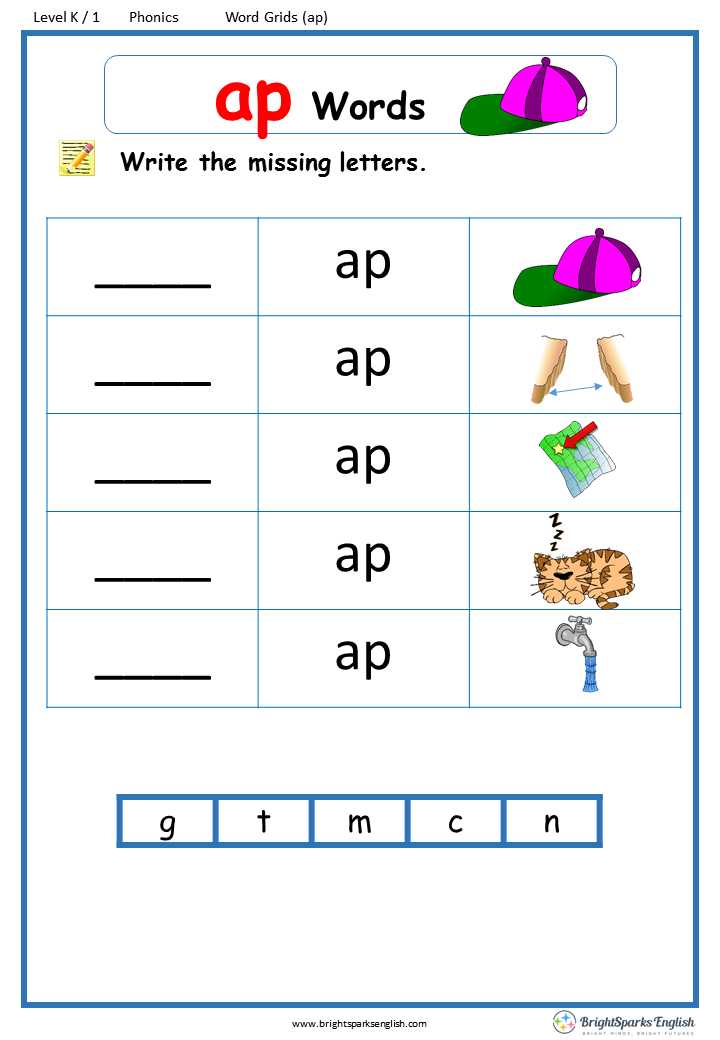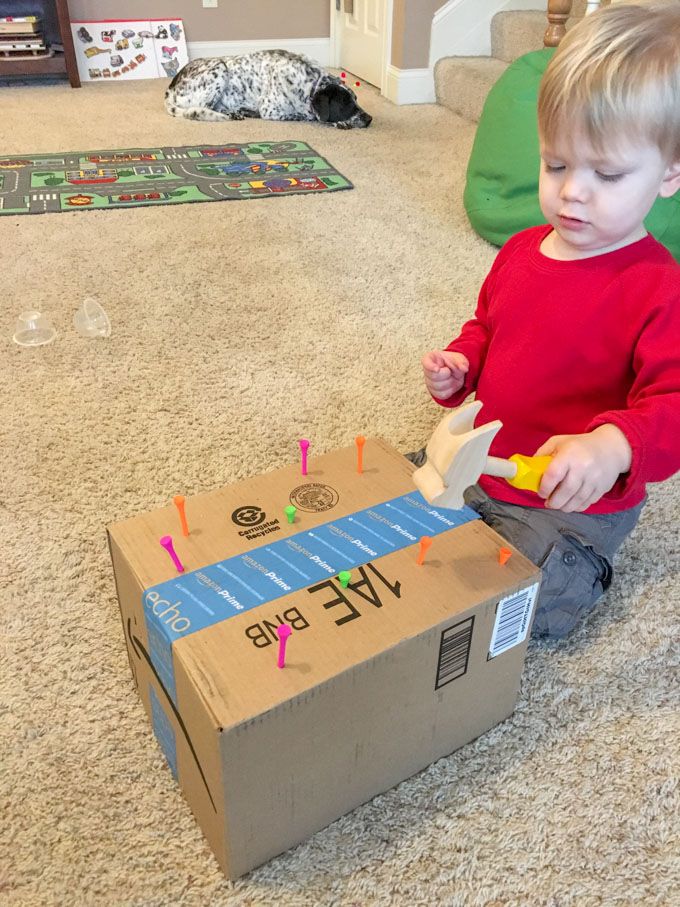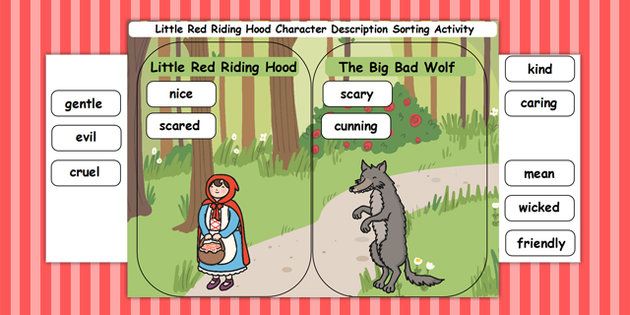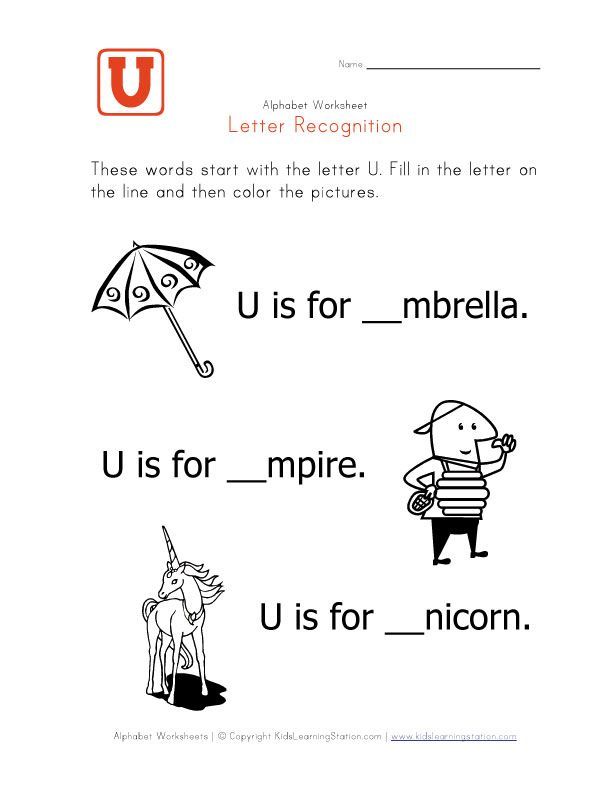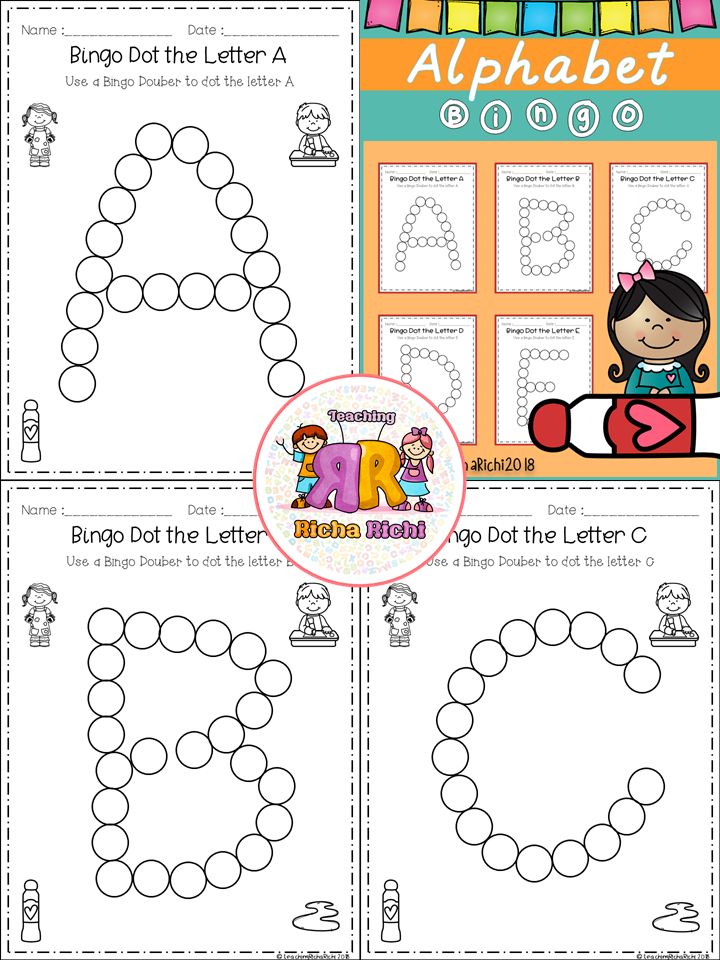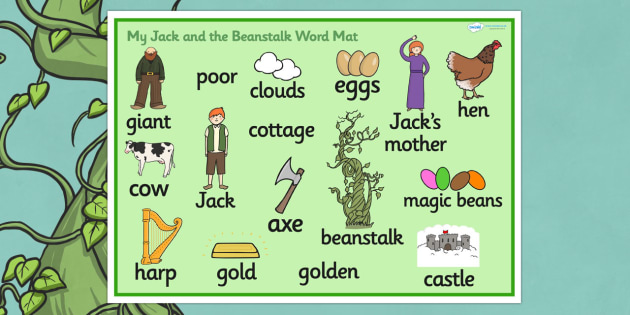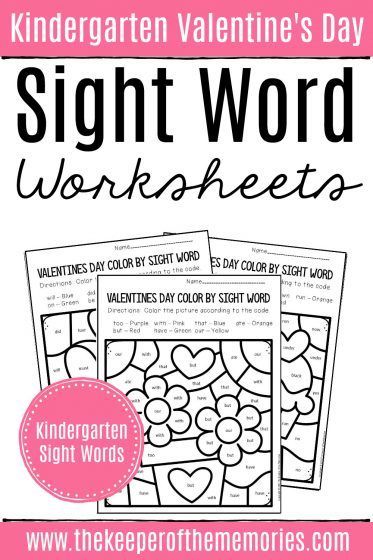Everyday math for 1st grade
Everyday Mathematics 4, Grade 1, Student Math Journal 1
| Title | Isbn13 | Price |
|---|---|---|
| EM4 Comprehensive Student Material Set, Grade 1, 6-Years | 9780021339778 | $184.50 |
| Everyday Mathematics 4, Grade 1, Essential Student Material Set, 1 Year | 9780021314843 | $27.48 |
| Everyday Math 4 Essential Student Materials Set with Arrive Math Booster, 1-Year, Grade 1 | 9780076951925 | $34.17 |
| Everyday Math 4 Comprehensive Student Materials Set, 1-Year, Grade 1 | 9780076952106 | $46. |
| Everyday Math 4 Comprehensive Student Materials Set with Arrive Math Booster, 5-Years, Grade 1 | 9780076970216 | $170.19 |
| Everyday Math 4 Comprehensive Student Materials Set with Redbird and Arrive Math Booster, 7-Years, Grade 1 | 9780076985562 | $243.99 |
| Everyday Math 4 Comprehensive Student Materials Set with Home Links, 5-Years, Grade 1 | 9780076972975 | $194.64 |
| Everyday Math 4 Comprehensive Student Materials Set with Home Links and Redbird, 7-Years, Grade 1 | 9780076976270 | $283.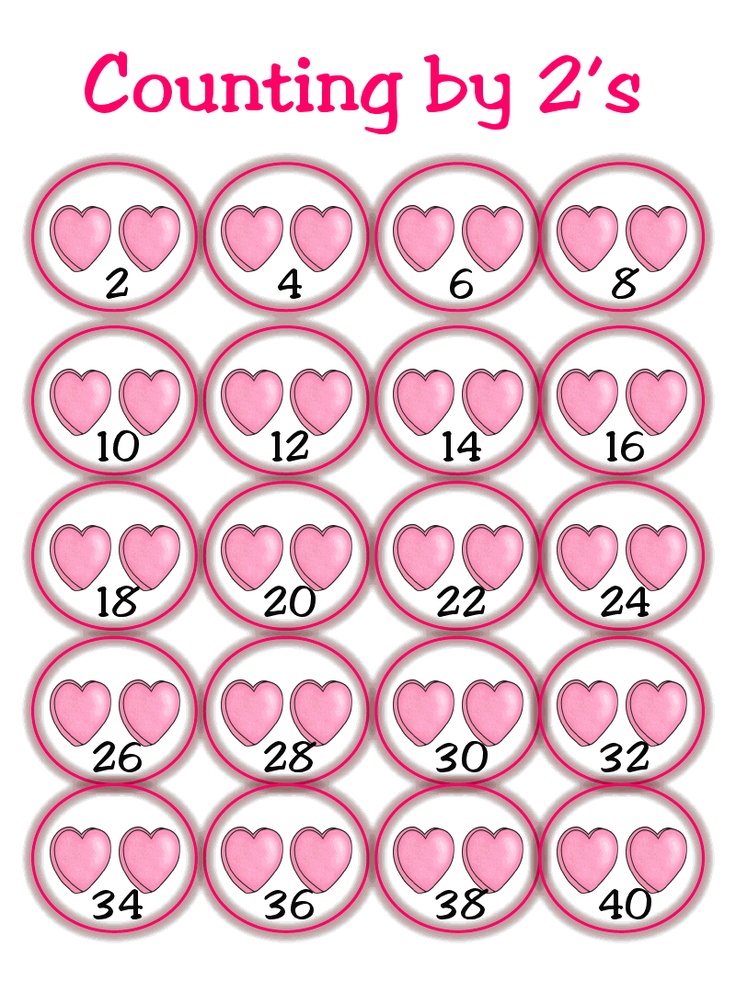 20 20 |
| Everyday Math 4 Comprehensive Student Materials Set with Home Links and Arrive Math Booster, 6-Years, Grade 1 | 9780076976492 | $242.85 |
| EM4 Comprehensive Student Materials Set with HomeLinks, 6 Year Subscription, Grade 1 | 9780021366545 | $229.50 |
| EM4 Comprehensive Student Materials Set with HomeLinks, 5 Year Subscription, Grade 1 | 9780021431793 | $194.64 |
| Everyday Math 4 Comprehensive Student Materials Set with Home Links, 6-Years, Grade 1 | 9780076973156 | $229.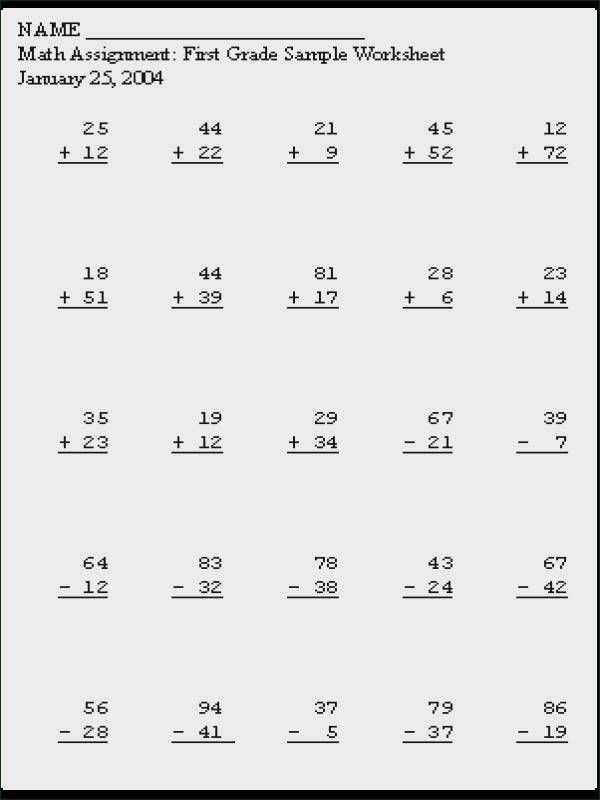 50 50 |
| Everyday Math 4 Comprehensive Student Materials Set with Home Links, Redbird and Arrive Math Booster, 1-Year, Grade 1 | 9780076976263 | $67.56 |
| Everyday Math 4 Comprehensive Student Materials Set with Redbird, 1-Year, Grade 1 | 9780076947393 | $55.02 |
| Everyday Math 4 Essential Student Materials Set with Redbird, 5-Years, Grade 1 | 9780076959198 | $157.98 |
| Everyday Math 4, Chicago Public Schools, Comprehensive Student Materials Set, 3-years, Grade 1 | 9780076712977 | $64.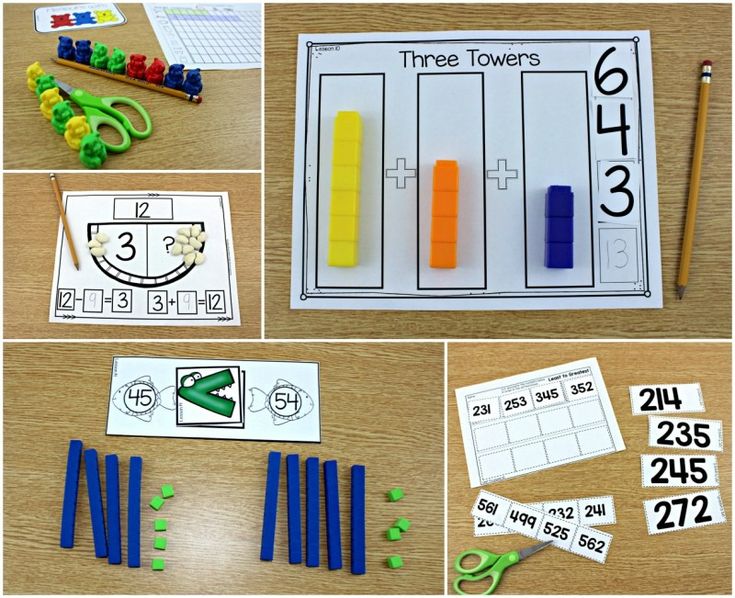 71 71 |
| Everyday Math 4 Comprehensive Student Materials Set with Arrive Math Booster, 6-Years, Grade 1 | 9780076948994 | $197.85 |
| Everyday Math 4 Essential Student Materials Set, 7-Years, Grade 1 | 9780076956470 | $191.61 |
| Everyday Math 4 Comprehensive Student Materials Set, 6-Years, Grade 1 | 9780076951628 | $184.50 |
| Everyday Math 4 Essential Student Materials Set, 5-Years, Grade 1 | 9780076955947 | $137.94 |
| Everyday Math 4 Comprehensive Student Materials Set with Redbird and Arrive Math Booster, 3-Years, Grade 1 | 9780076817979 | $121.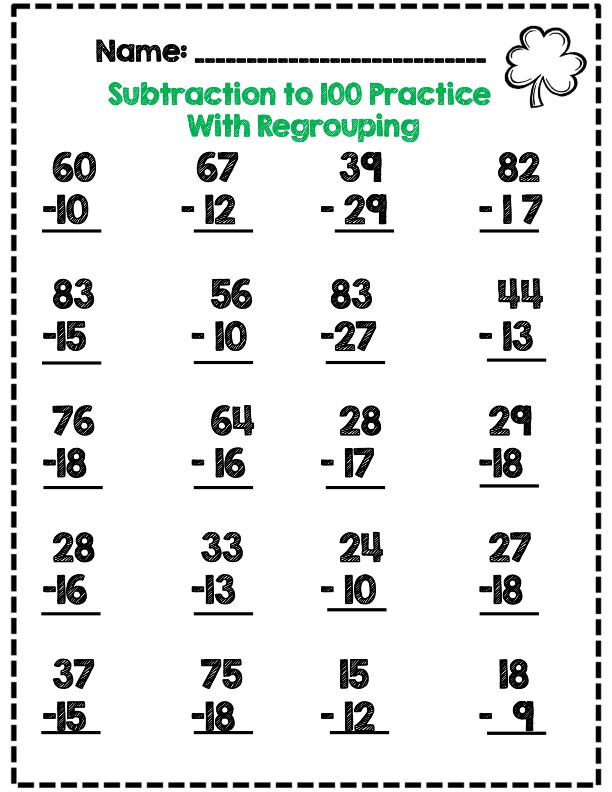 50 50 |
| Everyday Math 4 Comprehensive Student Materials Set with Redbird and Arrive Math Booster, 6-Years, Grade 1 | 9780076949359 | $217.92 |
| Everyday Mathematics 4 West Virginia Essential Student Material Set, 1-Year, Grade 1 | 9780076865543 | $22.92 |
| Everyday Math 4 Print Classroom Resource Package, Grade 1 | 9780076983766 | $387.66 |
| Everyday Math 4 Essential Student Materials Set with Arrive Math Booster, 6-Years, Grade 1 | 9780076951796 | $179.01 |
| Everyday Math 4 Comprehensive Student Materials Set, 7-Years, Grade 1 | 9780076958627 |
$210. 57 57 |
| Everyday Mathematics 4 National Essential Student Material Set, 6-Years, Grade 1 | 9780076984602 | $165.66 |
| Everyday Math 4 Comprehensive Student Materials Set with Redbird and Arrive Math Booster, 5-Years, Grade 1 | 9780076985388 | $190.23 |
| Everyday Math 4 Essential Student Materials Set with Redbird, 1-Year, Grade 1 | 9780076950287 | $35.82 |
| EM4 Comprehensive Student Material Set, Grade 1, 5-Years | 9780021451999 | $156.81 |
| Everyday Math 4 Comprehensive Student Materials Set with Home Links and Redbird, 5-Years, Grade 1 | 9780076974054 | $214. 71 71 |
| Everyday Math 4 Comprehensive Student Materials Set with Redbird, 7-Years, Grade 1 | 9780076953585 | $230.61 |
| Everyday Math 4 Essential Student Materials Set, 6-Years, Grade 1 | 9780076950508 | $165.66 |
| Everyday Math 4 Comprehensive Student Materials Set with Home Links and Arrive Math Booster, 1-Year, Grade 1 | 9780076976591 | $60.87 |
| Everyday Math 4 Comprehensive Student Materials Set with Redbird, 6-Years, Grade 1 | 9780076948260 | $204.54 |
| Everyday Mathematics 4 West Virginia Essential Student Material Set, 6-Year, Grade 1 | 9780076865598 | $138.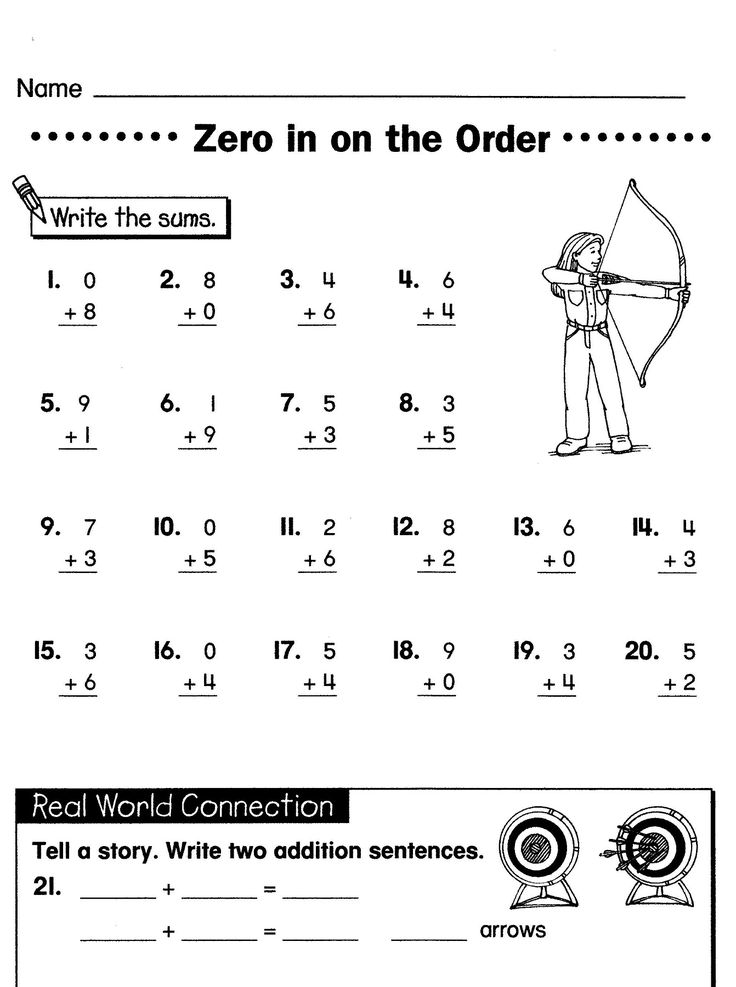 51 51 |
| Everyday Math 4 Comprehensive Student Materials Set with Home Links, 7-Years, Grade 1 | 9780076973330 | $263.16 |
| Everyday Math 4 Essential Student Materials Set with Arrive Math Booster, 8-Years, Grade 1 | 9780077003814 | $232.14 |
| Everyday Math 4 Comprehensive Student Materials Set, 3-Years, Grade 1 | 9780076816811 | $101.46 |
| Everyday Mathematics 4 National Essential Student Material Set, 1-Year, Grade 1 | 9780076984343 | $27.48 |
| Everyday Mathematics 4, Grade 1, Comprehensive Student Material Set, 1 Year | 9780021302789 | $46. 65 65 |
| Everyday Math 4 Comprehensive Student Materials Set with Home Links, Redbird and Arrive Math Booster, 5-Years, Grade 1 | 9780076978823 | $228.06 |
| Everyday Math 4 Comprehensive Student Materials Set with Arrive Math Booster, 7-Years, Grade 1 | 9780076970391 | $223.92 |
| Everyday Mathematics 4 National Comprehensive Student Material Set, 6-Years, Grade 1 | 9780076984138 | $184.50 |
| Everyday Math 4 Essential Student Materials Set with Redbird, 6-Years, Grade 1 | 9780076951000 | $185. 70 70 |
| Everyday Math 4 Comprehensive Student Materials Set with Redbird and Arrive Math Booster, 1-Year, Grade 1 | 9780076949175 | $60.03 |
| Everyday Math 4 Essential Student Materials Set with Arrive Math Booster, 7-Years, Grade 1 | 9780076957460 | $204.99 |
| Everyday Math 4 Essential Student Materials Set with Arrive Math Booster, 5-Years, Grade 1 | 9780076956654 | $151.29 |
| Everyday Math 4 Comprehensive Student Materials Set with Home Links, 1-Year, Grade 1 | 9780076971770 | $54. 18 18 |
| Everyday Math 4 Comprehensive Student Materials Set with Home Links and Redbird, 6-Years, Grade 1 | 9780076973682 | $249.51 |
| Everyday Math 4 Essential Student Materials Set, 1-Year, Grade 1 | 9780076950010 | $27.48 |
| Everyday Math 4 Essential Student Materials Set with Redbird, 7-Years, Grade 1 | 9780076968015 | $211.65 |
| Everyday Math 4 Essential Student Materials Set with Redbird, 8-Years, Grade 1 | 9780077004385 | $238.80 |
| Everyday Math 4 Comprehensive Student Materials Set with Arrive Math Booster, 3-Years, Grade 1 | 9780076817177 | $111. 45 45 |
| Everyday Math 4 Comprehensive Student Materials Set with Home Links and Arrive Math Booster, 5-Years, Grade 1 | 9780076976775 | $208.05 |
| EM4 Essential Student Material Set, Grade 1, 5-Years | 9780021440511 | $137.94 |
| Everyday Math 4 Essential Student Materials Set with Redbird, 3-Years, Grade 1 | 9780077010461 | $102.60 |
| EM4 Essential Student Material Set, Grade 1, 6-Years | 9780021416516 | $165.66 |
| Everyday Math 4 Essential Student Materials Set, 3-Years, Grade 1 | 9780077011383 | $82. 56 56 |
| Everyday Math 4 Essential Student Materials Set with Arrive Math Booster, 3-Years, Grade 1 | 9780077011024 | $95.94 |
| Everyday Math 4 Essential Student Materials Set, 8-Years, Grade 1 | 9780077003630 | $218.79 |
| Everyday Math 4 Essential Student Materials Set with Redbird and Arrive Math Booster, 8-Years, Grade 1 | 9780077004477 | $252.18 |
| Everyday Math 4 Essential Student Materials Set with Redbird and Arrive Math Booster, 7-Years, Grade 1 | 9780076958757 | $225. 00 00 |
| Everyday Math 4 Comprehensive Student Materials Set with Home Links, Redbird and Arrive Math Booster, 6-Years, Grade 1 | 9780076979004 | $262.89 |
| Everyday Math 4 Essential Student Materials Set with Redbird and Arrive Math Booster, 6-Years, Grade 1 | 9780076950324 | $199.05 |
| Everyday Math 4 Comprehensive Student Materials Set with Home Links and Arrive Math Booster, 7-Years, Grade 1 | 9780076973866 | $276.51 |
| Everyday Math 4 Comprehensive Student Materials Set with Arrive Math Booster, 1-Year, Grade 1 | 9780076948444 | $53. 34 34 |
| Everyday Math 4 Comprehensive Student Materials Set with Home Links and Redbird, 1-Year, Grade 1 | 9780076973651 | $62.52 |
| Everyday Mathematics Student Journal Bundle, Vols. 1 & 2, Grade 1 | 9780021383214 | $26.31 |
| Everyday Math 4 Comprehensive Student Materials Set with Redbird, 3-Years, Grade 1 | 9780076816996 | $114.00 |
| EM4 Comprehensive Student Material Set, Grade 1, 7-Years | 9780021369850 | $210.57 |
| EM4 Comprehensive Student Materials Set with HomeLinks, 1 Year Subscription, Grade 1 | 9780076849413 | $54. 18 18 |
| Everyday Math 4 Essential Student Materials Set with Redbird and Arrive Math Booster, 1-Year, Grade 1 | 9780076952281 | $40.83 |
| Everyday Math 4 Comprehensive Student Materials Set with Redbird, 5-Years, Grade 1 | 9780076953400 | $176.88 |
| Everyday Mathematics 4 National Comprehensive Student Material Set, 1-Year, Grade 1 | 9780076983803 | $46.65 |
| Everyday Math 4 Comprehensive Student Materials Set with Home Links, Redbird and Arrive Math Booster, 7-Years, Grade 1 | 9780076979561 | $296.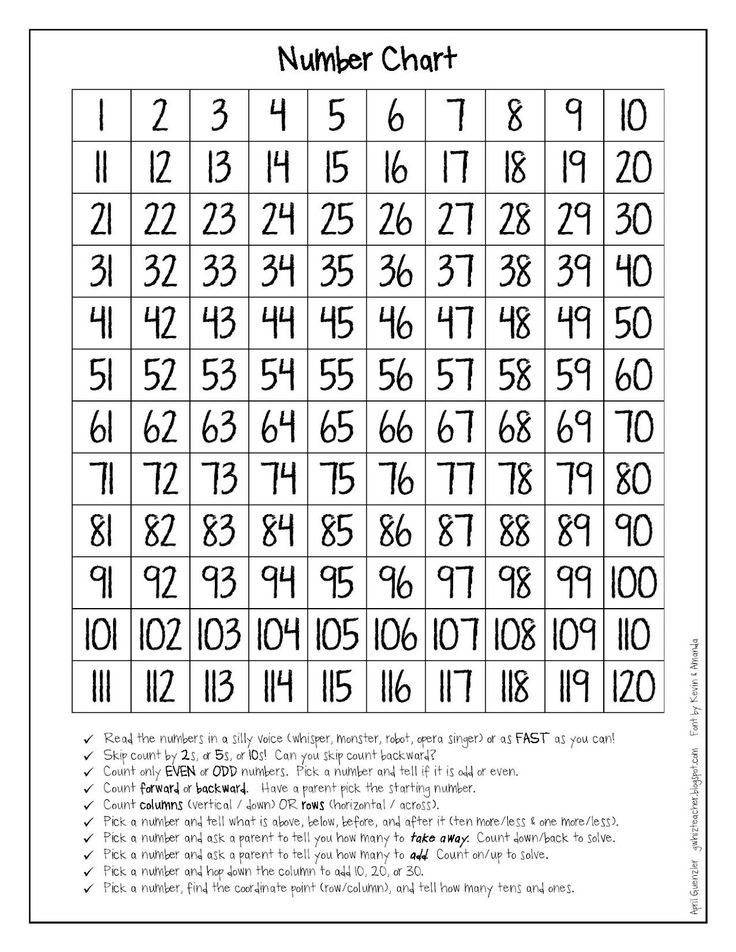 58 58 |
| Everyday Math 4 Essential Student Materials Set with Redbird and Arrive Math Booster, 3-Years, Grade 1 | 9780077011208 | $115.98 |
| Everyday Math 4 Comprehensive Student Materials Set, 5-Years, Grade 1 | 9780076957606 | $156.81 |
| Everyday Math 4 Essential Student Materials Set with Redbird and Arrive Math Booster, 5-Years, Grade 1 | 9780076958474 | $171.36 |
| Everyday Math 4, Chicago Public Schools, Comprehensive Student Materials Set, 6-years, Grade 1 | 9780076709762 | $123.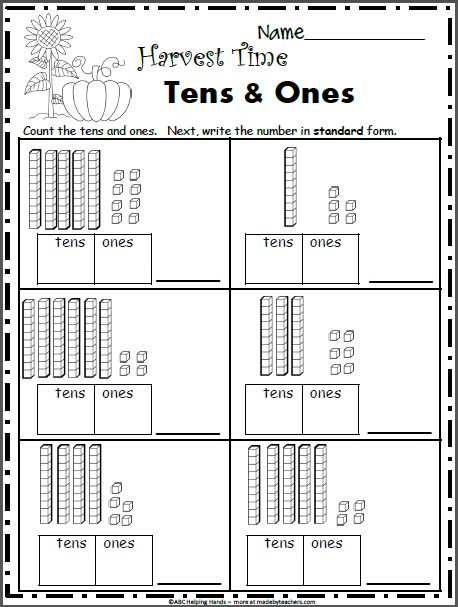 24 24 |
Everyday Math Skills for First Grade
DANA RONGIONE
26 SEP 2017
CLASS
... Pixland/Pixland/Getty Images
Everyday Math is an approach to teaching mathematics that focuses on the base concepts and how those concepts relate to everyday life. Everyday Math makes use of manipulatives such as games, blocks, coins and other physical objects, including calculators, and discourages the practice of rote learning. The approach exposes the students to each mathematical concept several times throughout each school year, each time building up to new level. Though the controversial curriculum still faces opposition, it is being used in more than 220,000 classrooms as of 2013.
Explore this article
- Numbers
- Operations
- Data and Measurement
- Geometry
- Homework
1 Numbers
The first thing your first grader will need to master is basic number recognition and counting. By the end of the year, first graders using the Everyday Math curriculum should be able to recognize numbers through 100, count by ones, twos, fives and tens, count backward and also exhibit superior rational counting skills, which involves counting objects and beginning to understand estimation. Additionally, they should understand place value through the thousands' place, have a grasp of basic fractions, distinguish between odd and even numbers and recognize number words through twenty.
2 Operations
First grade operations in Everyday Math include addition and subtraction through 20, counting and combining coins and bills, and recognition of the basic operational terms and their signs, such as plus, minus, equals, greater than and less than. Beginning early in the school year, the students also learn how to estimate and solve story problems (aka word problems).
3 Data and Measurement
Everyday Math students in the first grade are often required to collect mathematical data and organize it with the use of a bar graph, tally marks, charts or tables.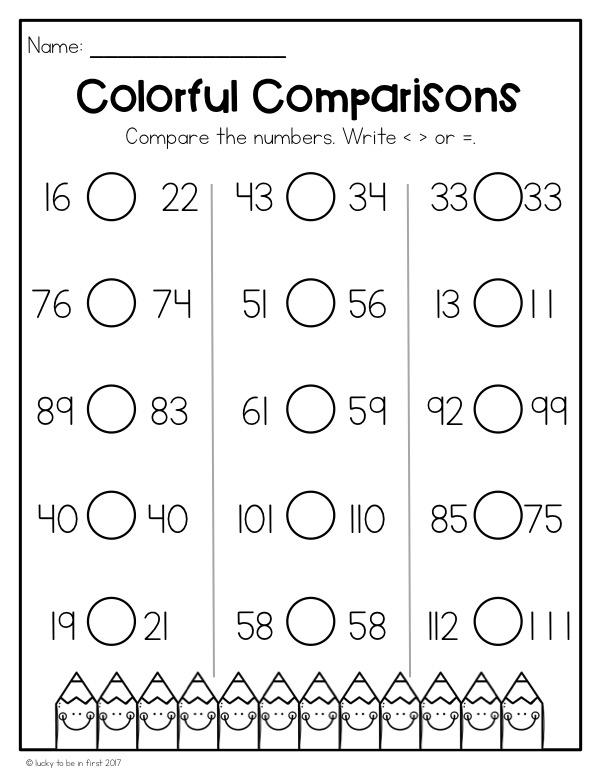 They are also taught to understand basic measurements such as height and weight. They are to become skilled in reading temperature, identifying the parts of a calendar and telling time, to the nearest half hour or quarter mark, on an analog clock.
They are also taught to understand basic measurements such as height and weight. They are to become skilled in reading temperature, identifying the parts of a calendar and telling time, to the nearest half hour or quarter mark, on an analog clock.
4 Geometry
Lastly, the teacher will introduce basic two and three-dimensional geometric shapes for the students to recognize and identify. Students are encouraged to seek out these shapes as they go from place to place throughout their day. Exposing them to these shapes outside of the classroom helps to establish the “real-world essence” of the concepts being taught.
5 Homework
A large part of the Everyday Math curriculum involves the aid of the parents, who are encouraged to help their children with their math homework by using everyday activities such as sewing, cooking or paying the bills to teach the assigned concepts. Parents of first graders can practice some of the more basic skills through activities such as graphing the weekly weather, telling time or estimating the number of cookies in the cookie jar.
references
- 1 Chicago Tribune News: Proponents Say Everyday Math Adds Up, Though Some Don't Understand How
- 2 Everday Mathematics: 1st Grade Grade Level Goals
- 3 Oswego City School District: First Grade
- 4 First Grade With Mrs. Pam Cormier
About the Author
Dana Rongione has been writing since 2004. Her articles have appeared in "Teacher's Interaction" magazine, "Teachers of Vision" magazine and "Devo'zine." She is also the author of nine books. Rongione received two certificates of completion from The Institute of Children's Literature. She holds a Bachelor of Science in elementary education from Tabernacle Baptist Bible College.
Related Articles
Mathematics 1 Grade Entertaining tasks and examples
Content:
- Acquaintance with numbers from 1 to 10
- Preparation for studying numbers
- Spatial representations
- Temporary representations
- Comparison Numbers 1 to 10
- Addition, subtraction up to 10
- Mass
- Symmetry
- Numbers 11 to 20
- Addition, subtraction up to 20
- Sequences of figures
Introducing numbers from 1 to 10
Numbers from 1 to 10
After the child has mastered counting to 10, we introduce him to even and odd numbers.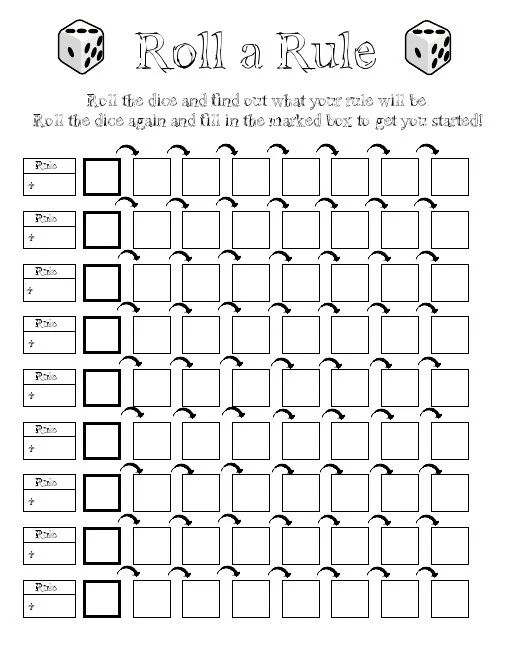 In this task, the child will complete the row with even / odd numbers.
In this task, the child will complete the row with even / odd numbers.
Preparation for the study of numbers
Counting from 1 to 10
Our goal is to consolidate the child's ideas about the numbers from 1 to 10. If he performs similar buildings with you, the result will be much better!
Spatial representations
Left, right
We offer the child to practice the concepts of "right" and "left" with the help of the game. Join him and you - it will be a real pirate adventure!
Left, right: continued
With this exercise, your child will continue to practice the concepts of "right" and "left" in an interesting way, as well as repeat the figures known to him.
Location of objects
We have prepared a set of fox cards for you and your child. Cut them out, ask the child to describe the pictures, naming where the fox is.
Temporal representations
First, then, after
In this exercise, the child deepens his temporary representations, improves thinking skills, and also learns to determine the sequence of actions.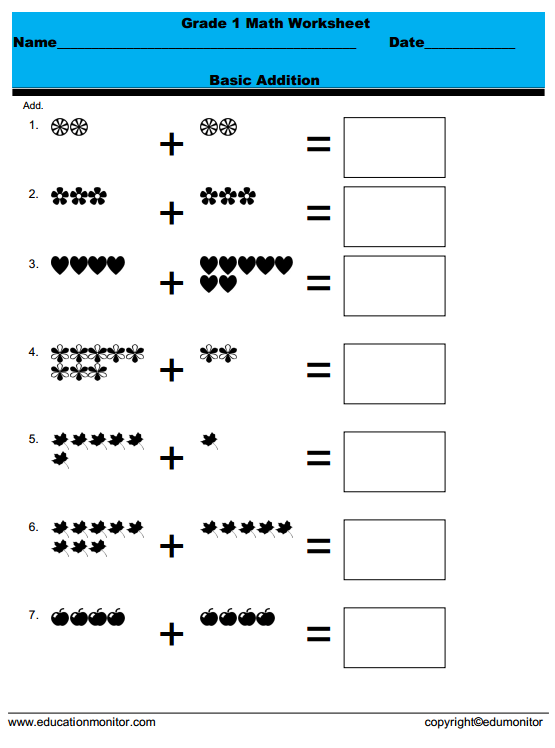
Number comparison
More and less
We offer an exercise in which the child is tasked with counting objects, then comparing their number.
More, less, the same
Working on developing critical thinking and math skills. We repeat numbers from 1 to 10 by comparing the number of items.
We consider: what is more?
In this task, the child is asked to compare the number of candies in the jars and color them. Then you can try to complete this task for a while.
Figures
Figures
The child gets acquainted with simple flat figures, paints and counts them. Let learning shapes be fun!
Learning to recognize shapes
With this exercise, the child will learn to recognize the basic shapes in various objects. Do the same in everyday life!
Polygon
Children learn about the concept of "polygon", learn to distinguish shapes, sort them and recognize them.
Sides of a polygon
Children are introduced to the concept of "polygon", learn to distinguish shapes, sort them and recognize them.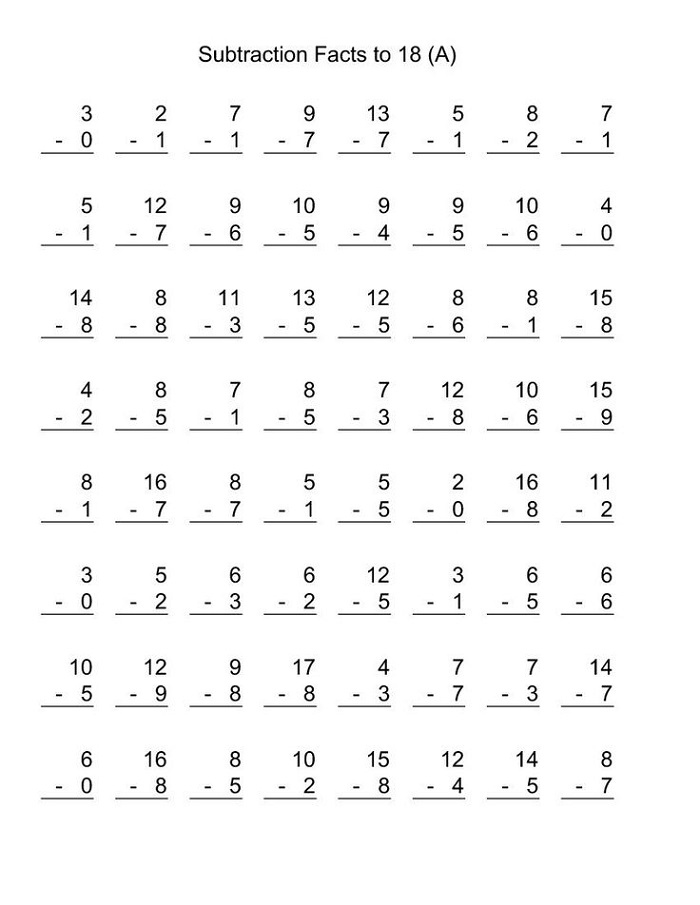
Properties of shapes
The child fills in a table about shapes: the number of sides, vertices, straight and curved lines. The goal is to expand ideas about figures and the concept of "symmetry".
Cut out shapes
In this exercise, the child is asked to cut out shapes under your guidance and paste them next to the appropriate descriptions.
Length
Which is longer?
The child is introduced to the concept of length and learns to compare objects according to their length using comparative adjectives.
Centimeter
In this exercise, the child will learn to measure objects with a ruler and record the result.
Numbers 1 to 10
Number and number 5
The child already knows how to count to 10 and numbers. This exercise in an entertaining way will allow the child to consolidate ideas about the number 5.
Numbers from 1 to 10
After the child has mastered the count to 10, we introduce him to even and odd numbers.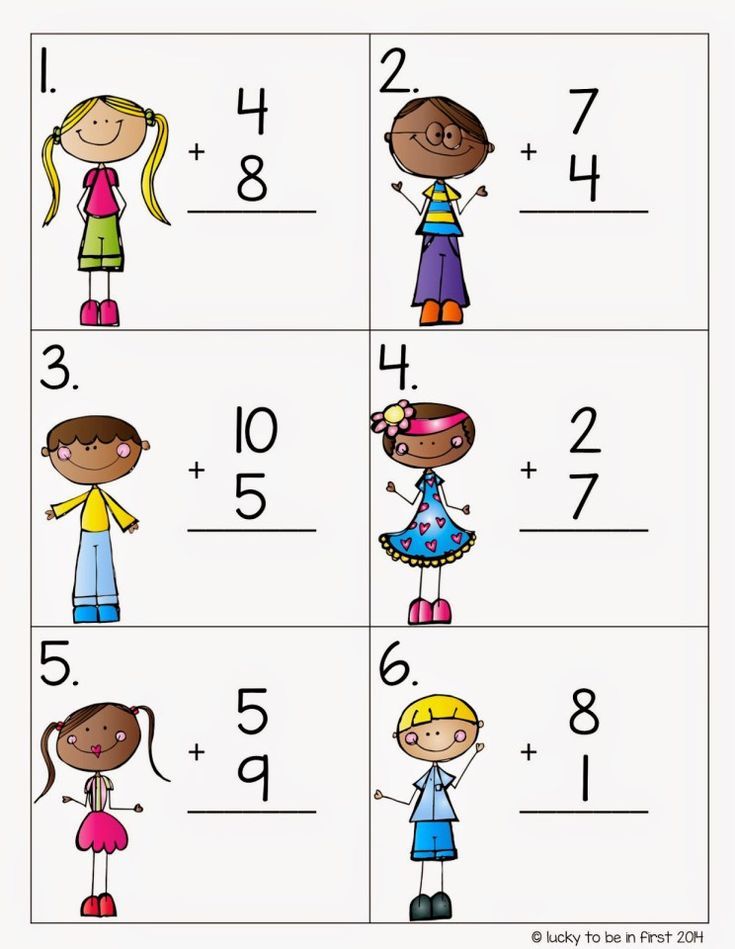 In this task, the child will complete the row with even / odd numbers.
In this task, the child will complete the row with even / odd numbers.
Numbers from 1 to 10 in letters
Writing numbers in letters can be difficult for first graders. In order to remove possible difficulties, we recommend that you perform this exercise.
Ordinal counting from 1 to 10
The child learns ordinal numbers from 1 to 10. The more often he counts objects, the faster his mathematical skills will be formed.
Which one is in order?
We offer you an exercise that will help your child practice the numbers from 1 to 10 and will also help develop math skills.
Addition, subtraction up to 10
Addition, subtraction +/- 1
Child names, writes numbers from 1 to 10 and mathematical symbols (+, - and =). The child learns to perform addition and subtraction operations with the number 1.
Addition, subtraction of the form +/- 2
The child names, writes numbers from 1 to 10 and mathematical symbols (+, - and =).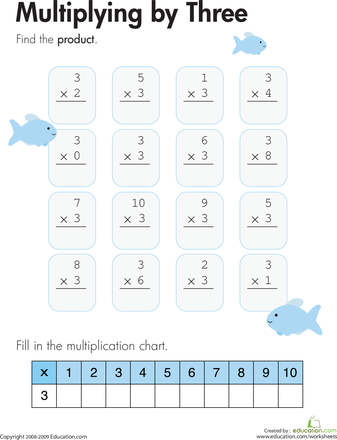 The child learns to perform addition and subtraction operations with the number 2.
The child learns to perform addition and subtraction operations with the number 2.
Addition tasks with pictures
The purpose of this exercise is to introduce addition using pictures and objects in order to better understand the meaning of this action.
Subtraction problems with pictures
The purpose of this exercise is to present subtraction with pictures and objects in order to better understand the meaning of this action.
Addition, subtraction of the form +/- 3
The child names, writes numbers from 1 to 10 and mathematical symbols (+, - and =). The child learns to perform addition and subtraction operations with the number 3.
Addition, subtraction of the form +/- 4
This exercise in an interesting way will give your child the opportunity to practice solving simple mathematical problems.
Addition, subtraction of the form +/- 5
In this exercise, the child practices addition and subtraction with the number 5, and also repeats the learned methods of arithmetic operations.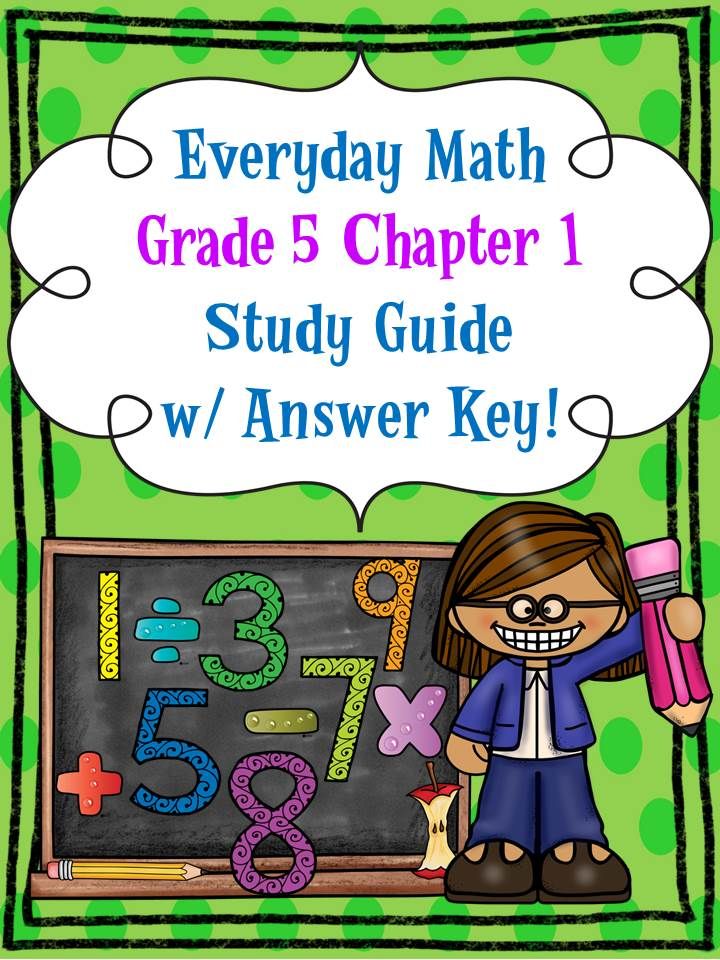
Adding numbers 5, 6, 7, 8, 9
Child names, writes numbers from 1 to 10 and mathematical symbols (+, - and =). The child learns to perform addition and subtraction actions with the numbers 5, 6, 7, 8, 9.
Addition of numbers up to 10
The child repeats the learned methods of adding numbers within 10, compares them, chooses the most convenient and practices in solving problems of the studied types .
Adding numbers with pictures
The child solves problems and examples of various types. In this exercise, he will strengthen his addition and subtraction skills by solving problems with pictures.
Sum of the same terms
In this exercise, we invite the child to practice addition and solve addition problems with the same terms of an unusual form.
Identical terms
In this exercise, we invite the child to practice addition and solve addition examples with the same terms of an unusual form.
Weight
Purpose - to introduce the child to a new quantity - mass and its unit of measurement - kilogram; develop the ability to solve problems and examples of the studied species.
Symmetry
The child gets acquainted with the concept of symmetry, learns to create symmetrical figures according to the model, compare the result.
Numbers from 11 to 20
Numbers up to 20
The child gets acquainted with the formation of numbers of the 2nd ten, their names and the order in which they are counted. He learns to compare them and solve problems of the studied species.
Reading numbers from 10 to 20
The child learns to form, read and write the numbers of the second ten, compare numbers within 20, based on their order in counting.
Addition, subtraction up to 20
Addition, subtraction up to 20
Our goal is to teach how to perform addition and subtraction of numbers up to 20, to use mathematical terminology when compiling and reading equalities.
Addition with numbers 2 and 3
The child will learn how to simulate the method of performing addition with numbers 2 and 3, use mathematical terminology when compiling and reading equalities.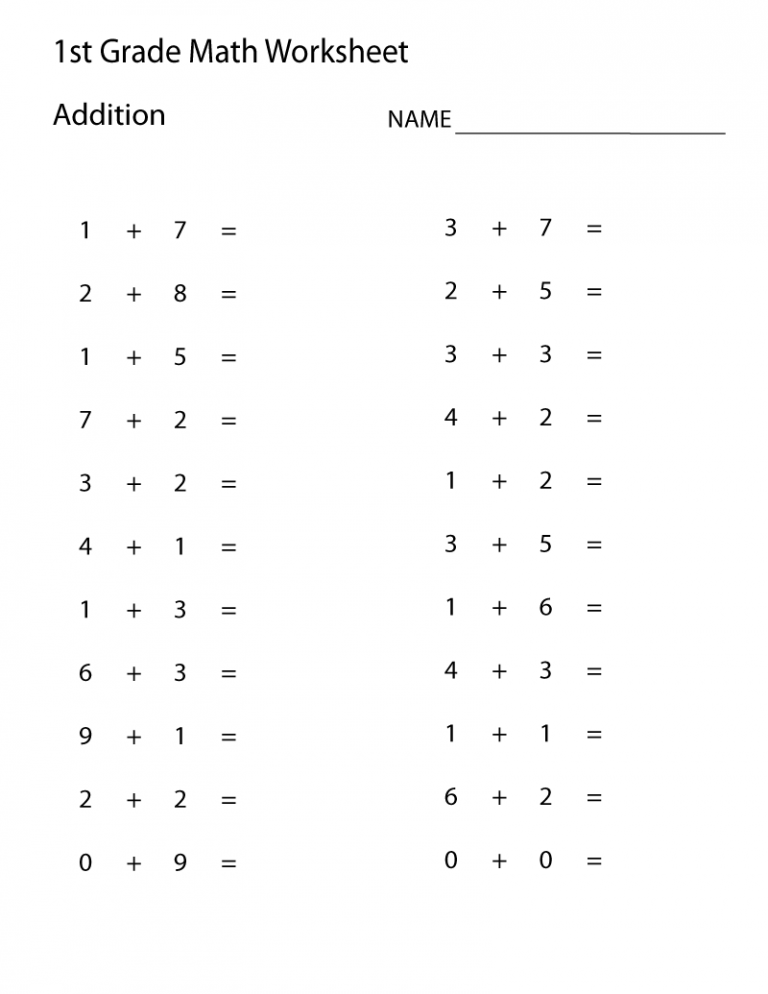
Addition with the number 4
The child will learn to model the methods of performing the addition action with the number 4, use mathematical terminology when compiling and reading equalities.
Addition with the number 5
The child will learn how to model the methods of performing addition with the number 5, use mathematical terminology when compiling and reading equalities.
Addition with the number 6
The child will learn how to model the methods of performing the addition action with the number 6, use mathematical terminology when compiling and reading equalities.
Addition with the number 7
The child will learn how to model the methods of performing the addition action with the number 7, use mathematical terminology when compiling and reading equalities.
Addition tasks up to 20
Our goal is to consolidate knowledge of the addition table, subtraction techniques, numbering and composition of numbers. The child learns to solve word problems.
Addition up to 20: generalization
The child works independently, applying his knowledge in practice. He learns to determine what is needed to complete the task, analyze and draw conclusions.
Subtracting from numbers up to 20
The child will learn how to simulate subtraction actions like 17-?, 18 -?, use mathematical terminology when reading equalities.
Sequences of shapes
Sequences of shapes
In this task, the child has to complete the patterns based on patterns in the sequence of shapes. After completing the task, the child can create their own patterns!
Logical problems in mathematics for grade 1 with answers, solutions
Logical problems in mathematics for grade 1
Logical problems in mathematics for grade 1 allow you to develop the child's ability to think consistently, as well as the ability to think in general. However, sometimes it happens that the child loses the desire to do mathematics at school, although in the process of preparing for admission to the first grade, he showed great interest in logical problems.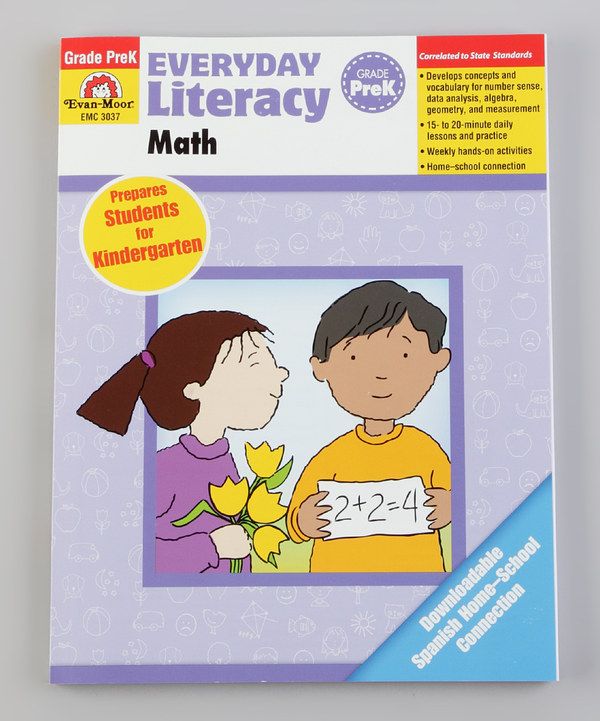 This happens for the reason that the child gets bored with similar tasks very quickly. In order for the student to be really interested, he must always be interested in something new.
This happens for the reason that the child gets bored with similar tasks very quickly. In order for the student to be really interested, he must always be interested in something new.
Types of mathematical problems for children of the 1st grade
As practice shows, among the most interesting problems for first grade students, the following are usually distinguished:
• logical - for addition and subtraction;
• compound - in several steps;
• text - logical and mathematical.
Interesting! Crosswords for children 6 years old
The child will be happy to solve the tasks assigned to him, if you alternate them and come up with conditions for them that will be of interest to children.
Logical problems for addition and subtraction
As part of the educational process at school, ordinary addition and subtraction problems are most often encountered. However, a child will be much more interested in doing mathematics if the tasks encourage him to think logically, and not just automatically subtract and add numbers. Here are some illustrative examples of logical tasks in mathematics for grade 1 with answers and pictures.
Here are some illustrative examples of logical tasks in mathematics for grade 1 with answers and pictures.
Example #1
Condition. Three girlfriends took 1 balloon in each hand. How many balloons do the girls have in total?
Decision and response. The girls have 6 balls, since each girlfriend took one ball, both in her left and in her right hand.
Example #2
Condition. The plate contains 1 cake, 2 sweets and 3 pears. How many fruits are on the plate?
Decision and answer. The number of fruits in a plate is 3 pieces. Because only pears are fruits, and cakes and sweets are not.
Example #3
Condition. The farmer had a 12-liter barrel, which contained 7 liters of water, as well as an 8-liter bucket completely filled with water. The barrel was topped up from a bucket. How many liters of water are left in the bucket?
Decision and response. There are 3 liters of water left in the bucket. The barrel was missing 5 liters (12-7=5), which the farmer took from a bucket that originally contained 8 liters of liquid (8-5=3).
As you can see, the tasks are designed in such a way that, in addition to working with numbers, the child has to be smart.
However, as practice shows, at the age of 7 children can have different levels of training. Therefore, the above tasks may seem too difficult for some of the kids. In this case, it makes sense to offer him simpler tasks for addition and subtraction. However, the essence remains the same - tasks should be interesting. Knowing what the child is fond of, you can create a task that will be interesting specifically to him.
Example
Condition. Masha had 2 apples, and her friend Lera had 3. How many apples do the girls have in total?
Decision and answer. The girls have 5 apples in total (2+3=5).
Composite - in several actions
Pupils of the 1st grade will surely like such tasks in two or three actions. In addition, with their help, the child will develop logic and memory very well.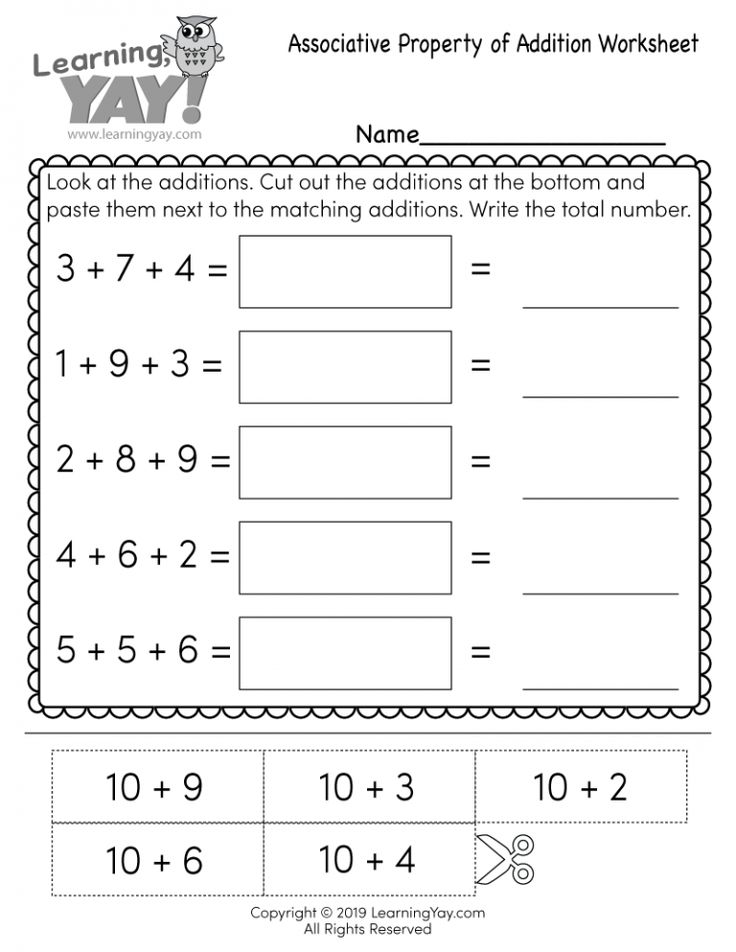
Example #1
Condition. The purple monster ate 4 whole oranges. And his friend, a red monster, ate 7 halves of the same oranges. Who ate more oranges?
Decision and response. The purple monster ate more than his friend. 1 whole orange is 2 halves. So 4 whole oranges can be written as 2+2+2+2=8 halves. 8>7 means the purple monster ate more than his friend.
Example #2
Condition. Sveta had 8 cakes on the table. 5 guests came to her, and each of them ate 1 cake. The hostess thought that she needed to add goodies, so she took 4 more cakes from the refrigerator and added them to the table to the remaining sweets. However, the guests said that they were already full and did not take the supplement. How many cakes are left on the table?
Decision and response. There are 7 cookies left on the table. 8-5=3 cakes, left on the table after the guests took 1 piece for themselves. 3+4=7 cakes ended up on the table when the hostess added goodies from the fridge.
Interesting! The ability of children by age
Text - logical and mathematical for quick wits
Such tasks very well develop the ability to think logically in children of 7 years old. Next, we will consider several examples of such tasks with their solution.
Example #1
Condition. Fedor has two sisters and two brothers. Who is more in the family: women or men?
Answer. There are 1 more men in this family, because Fedor is also a man.
Example #2
Condition. Ira, Nadia, Kolya and Anya decided to go in for sports. They have 2 jump ropes and 2 balls. It is known that Anya has a jump rope in her hands, while Kolya and Nadia have the same items. What items are in the hands of Kolya, Nadia and Ira?
Answer. Kolya and Nadia have balls in their hands, and Ira has a jump rope.
Example #3
Condition. The teacher gave the students a picture, which depicts various figures of different colors, and thought of one of them. In order for the children to have the opportunity to name the correct figure, the teacher gave them a few hints:
In order for the children to have the opportunity to name the correct figure, the teacher gave them a few hints:
•the figure is definitely not blue or square;
• it is triangular or round.
Answer. Looking at the picture, by the method of elimination, we can determine what kind of figure we are talking about. The teacher made an orange triangle.
Such mathematical puzzles contribute to the development of logic and train skills in basic thinking techniques in general. Generalization, comparison, selection of certain features - all this the child is taught tasks of this type.
Example #4
Condition. Find a pattern and continue the series with suitable numbers: 5,6,8,11,15, ...
Answer. …20,26,33 and so on. In the series of the above numbers, we see a certain pattern. First we added 1, then 2, then 3, then 4, then 5, then 6, and so on. That is, with each step we add a number one more than the previous one..gif)
Advanced Math Logic Problems
Some children do fairly well with basic math problems and do very well in school. Such successful students are often sent to olympiads.
Next, we give examples of logical problems in mathematics that a first-grade student may encounter at the Olympiad.
Example #1
Condition. It is known that a rabbit is 2 kilograms lighter than a puppy. If you put a puppy on the left pan of the scale, and a rabbit on the right, then which weighing pan will be located higher? How then should the two available weights be used to balance the balance?
Decision and response. Based on the conditions of the problem, we can be sure that the puppy is heavier than the rabbit, which means that the right side of the balance, on which the rabbit sits, will be higher. In order for the scales to balance, the kettlebell in the crawl bowl must be 2 kilograms heavier than the kettlebell that we will place in the puppy bowl (3-1=2). Thus, it turns out that we need to put a weight of 1 kilogram in the bowl for the puppy, and a weighting agent of 3 kilograms for the rabbit.



